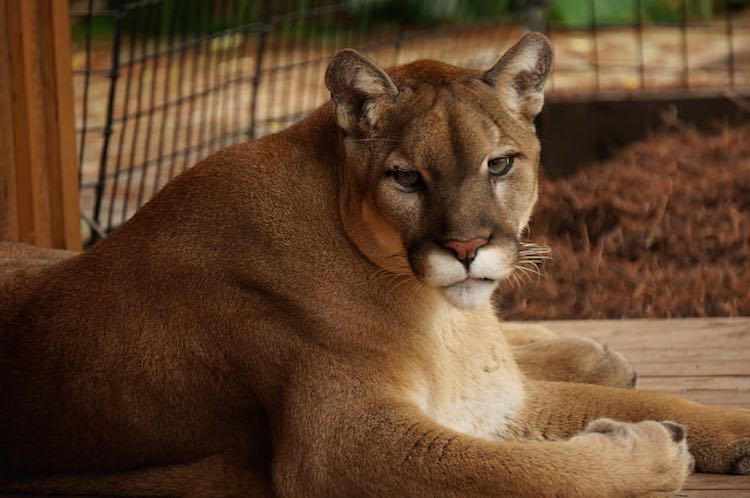The endangered Florida panther is improving its chances of survival every day—with a little help from their government friends.
The estimated number of endangered Florida panthers roaming in their breeding territory south of the Caloosahatchee River has just been updated by the U.S. Fish and Wildlife Service (USFWS) and the Florida Fish and Wildlife Conservation Commission (FWC). According to the February 2017 report on conservation and recovery efforts, the adult and subadult Florida panther population has seen a 27% increase since 2014—and the numbers do not include kittens still dependent on their mothers.
In the 1970s and 1980s, it was estimated only 20–30 panthers remained in Florida, while today there are 230.
RELATED: Manatee Population Has Rebounded 500 Percent, No Longer Endangered
“This latest Florida panther population estimate is good news, an indication that conservation efforts are on track in helping recover this endangered animal,” said Kipp Frohlich, FWC’s Deputy Director for the Division of Habitat and Species Conservation.
Larry Williams, the USFWS’s Florida State Supervisor of Ecological Services, believes the new numbers indicate things are trending in the right direction – due in part, to a strong partnership with the State of Florida.
MORE: Giant Panda No Longer Endangered!
“Continued recovery will require a long-term concerted effort by many partners committed to finding common sense solutions that balance many different and competing interests, yet are grounded in a shared purpose of conserving the lands that support Florida’s native wildlife and its ranching heritage,” Williams said.
The current numbers, developed jointly by scientists in the two agencies, use annual counts of panthers primarily conducted on public lands. Density of panthers on these areas is then multiplied across the larger area that makes up the primary breeding range in south Florida.
The public is encouraged to report sightings of panthers or their tracks, and send any photos, to My FWC to help with panther research and management in areas like the cattle ranches, forests and farms west of Lake Okeechobee. Biologists are especially interested in pictures of panthers north of the Caloosahatchee River, which runs from Lake Okeechobee to Fort Myers.
Click To Share The News With Your Friends (Photo by Cary Lee, CC)




















